cleaning old linens
wkate640
11 years ago
Related Stories
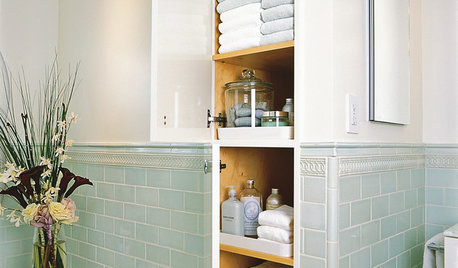
HOUSEKEEPINGGet It Done: Clean Out the Linen Closet
Organized bliss for your bedroom sheets and bathroom towels is just a few hours away
Full Story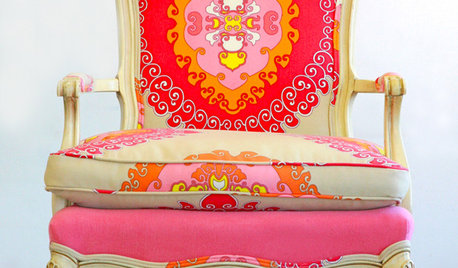
FURNITUREOld Furniture: Clean, Reupholster or Replace It?
A veteran upholstery cleaner weighs in on the options for found, inherited and thrift store furniture
Full Story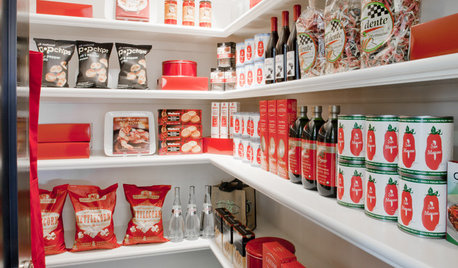
KITCHEN STORAGEGet It Done: How to Clean Out the Pantry
Crumbs, dust bunnies and old cocoa, beware — your pantry time is up
Full Story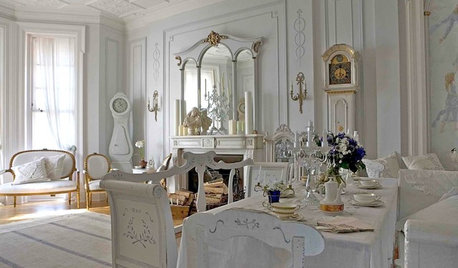
TRADITIONAL STYLEDecorating With Antiques: Luxurious Linens
Bring quality, comfort and a sense of old-world romance to your rooms with vintage tablecloths, sheets, napkins and more
Full Story
HOUZZ TOURSMy Houzz: Clean, Cool and Bright in Austin
Natural light, lots of white and enviable tidiness give artwork the spotlight in a home for Texas newlyweds
Full Story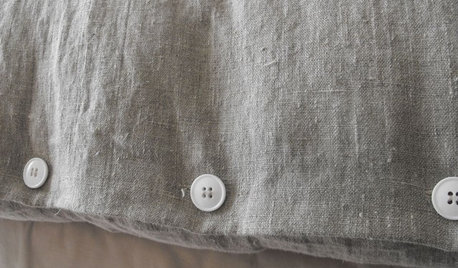
UPHOLSTERYFabric Focus: There's Nothing Quite Like Linen
Classic, understated, durable and mildew-resistant, linen is a casual fabric fit for any home
Full Story
DECORATING GUIDES8 Modern Uses for Classically Beautiful Linen
Possibly the ultimate neutral, linen is a natural fabric choice for rooms both elegant and casual
Full Story
REMODELING GUIDES15 Ways to Design an Easy-Clean Home
Spend more time doing what you love with these pointers for minimizing cleaning needs throughout the entire house
Full Story
HOUSEKEEPINGChoose Your Own Spring Cleaning Plan
Instead of trying to do it all, pick one of these six cleaning approaches that’s right for you now
Full Story
MOST POPULARA Fine Mess: How to Have a Clean-Enough Home Over Summer Break
Don't have an 'I'd rather be cleaning' bumper sticker? To keep your home bearably tidy when the kids are around more, try these strategies
Full Story





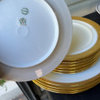



lindac
wkate640Original Author
Related Professionals
Lake Zurich Furniture & Accessories · Marietta Furniture & Accessories · Irmo Furniture & Accessories · Wilmington Furniture & Accessories · Morton Grove Interior Designers & Decorators · Shorewood Interior Designers & Decorators · McKinney Painters · New Territory Painters · Fort Lauderdale Painters · Hartselle Painters · Lexington Painters · Whittier Painters · Carlsbad Furniture & Accessories · Skokie Furniture & Accessories · Dallas Professional Organizerslindac
nanny98
sheesh
lindac
sheesh
ingeorgia
jemdandy
lindac
wkate640Original Author
lindac
jemdandy
lindac
jemdandy
lindac
hounds_x_two
sweeby
lindac
wkate640Original Author